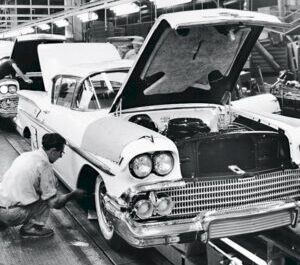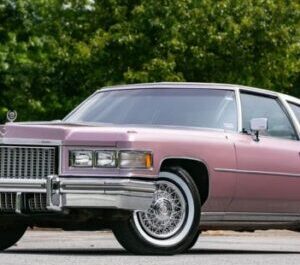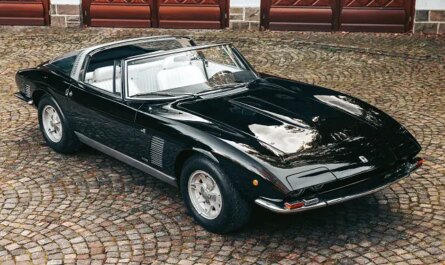Introduced in 1953, the Chevrolet Corvette became widely known as “America’s sports car” and developed into an icon by the late 1950s. But it wasn’t the only sports car that emerged in the U.S. in the early 1950s.



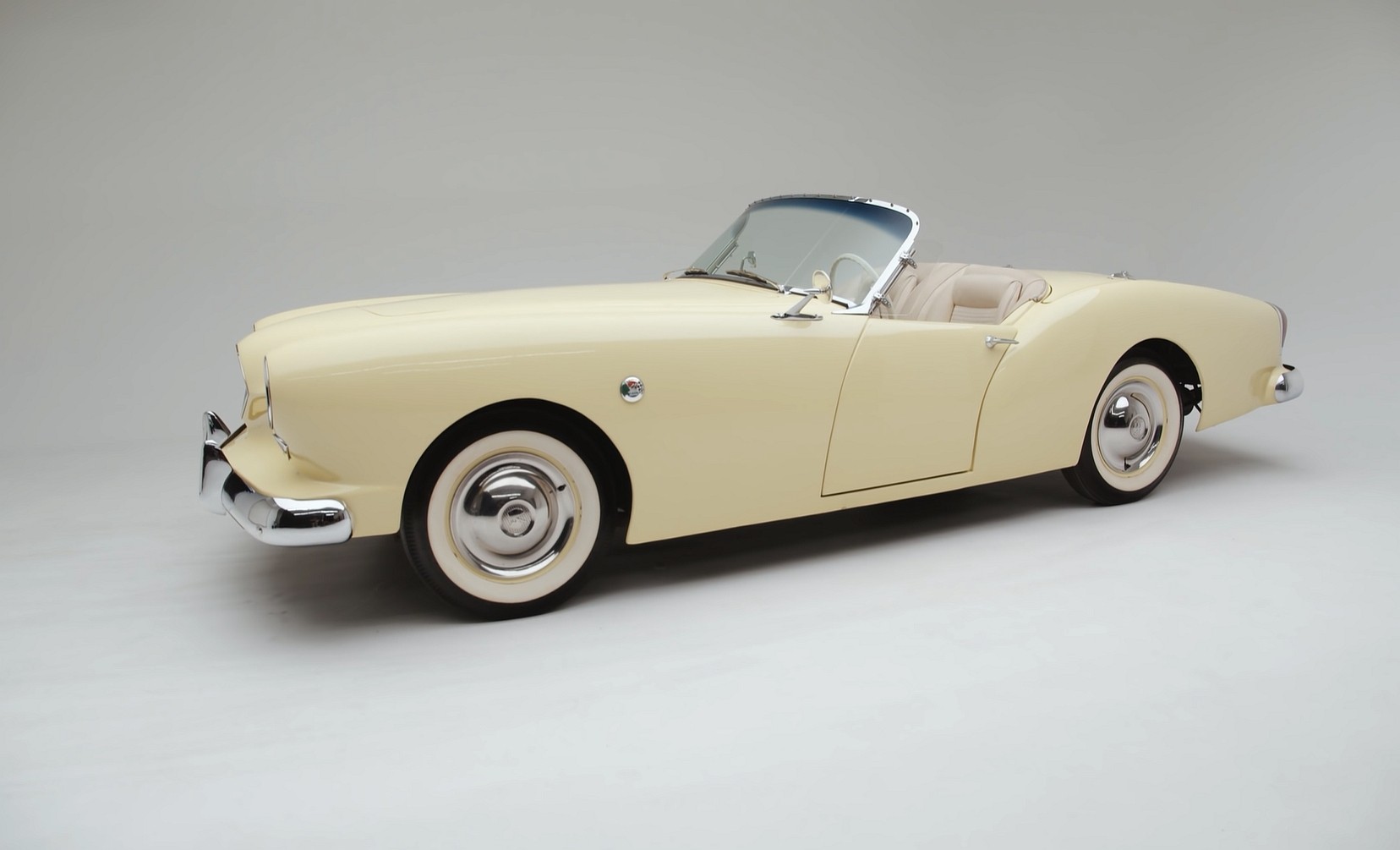


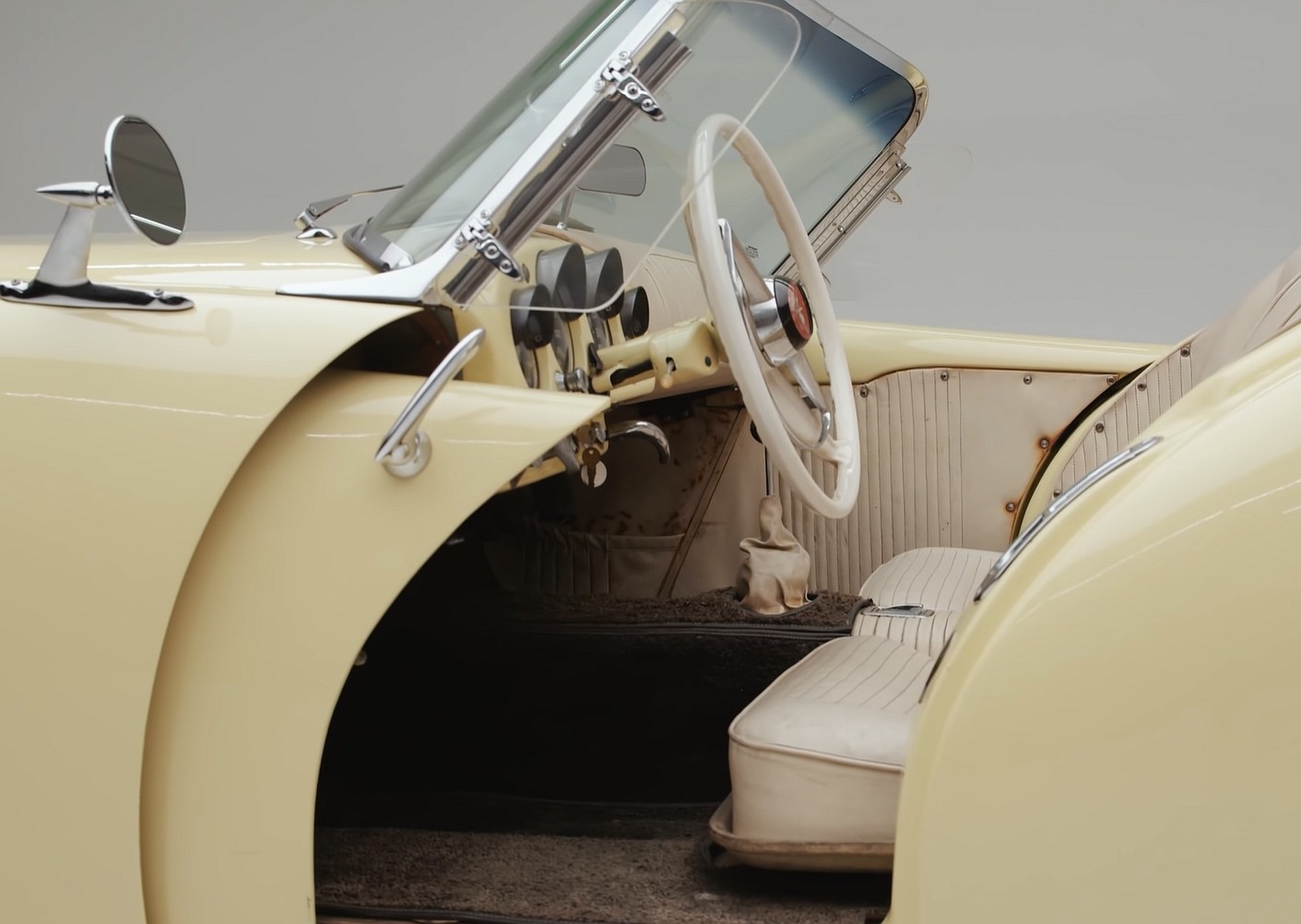


The Corvette wasn’t even the first vehicle to bring the concept into showrooms. As servicemen brought lighter and more compact European cars to the U.S. after World War II, both carmakers and manufacturers of fiberglass bodies realized there was a new opportunity to be explored.
Nash Motors was the first U.S. automaker to act and introduced the Nash-Healey in 1951, two years before the Corvette arrived. Granted, the sports car was the result of a cooperation between Nash and Healey, the latter a British carmaker, but U.S.-market cars were put together in Winsconsin with inline-six engines sourced from the Nash Ambassador.
1952 saw the arrival of the Woodill Wildfire, a sports car built by Dodge and Willys dealer Robert “Woody” Woodill in Downey, California. Designed by yacht builder Bill Tritt and using a Glasspar fiberglass body, the Wildfire became the first American production vehicle with a complete body made from that lightweight material.
Haven’t heard about it? Well, no need to worry about that. Woodill sold only 15 complete cars before it started offering the Wildfire as a kit. Total production reached 300 units in 1958, but by that time, U.S. customers already had access to mainstream sports cars.
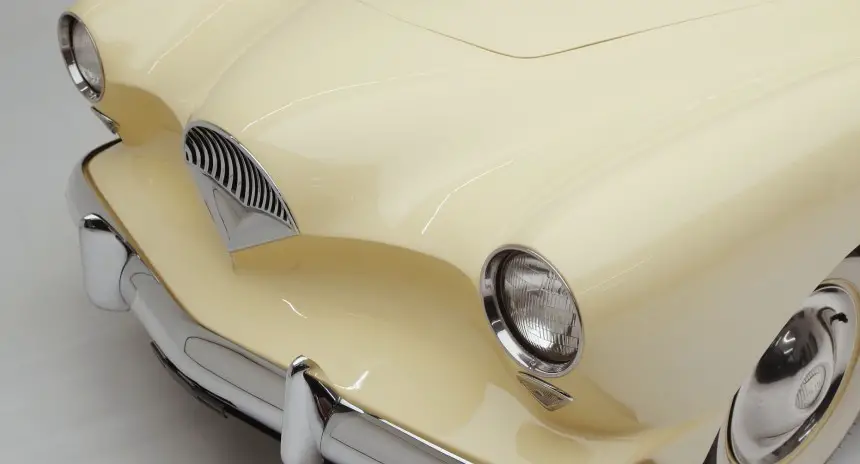
Photo: Petersen Automotive Museum/YouTube
Chevrolet was the first major Detroit company to take this segment seriously and rolled out the Corvette in 1953. Ford followed with the Thunderbird for the 1955 model year, but one small company introduced the first proper competitor to the Corvette before FoMoCo did.
I’m talking about Kaiser, an automaker that had been on the market for only a few years at the time. Struggling to keep up with Detroit’s aggressive roll-out of brand-new cars in the late 1940s, Kaiser Motors went against the tide and designed a compact car, the Henry J. Introduced in 1950, it would become the base of the company’s sports car.
The latter arrived in 1954, just as the Henry J was going out of production following a rather unsuccessful four-year stint in showrooms. Designed by Howard “Dutch” Darrin, who had been working with Kaiser since the 1940s, the Kaiser Darrin debuted as a typical two-door roadster with a long hood, a swooping beltline, and a European-style rear end.
Still, the Darrin was far from usual. Unlike most production cars of the era, it was devoid of chrome trim beyond the bumpers and the windshield frame. A bold move in a market that demanded increasingly flashier automobiles.
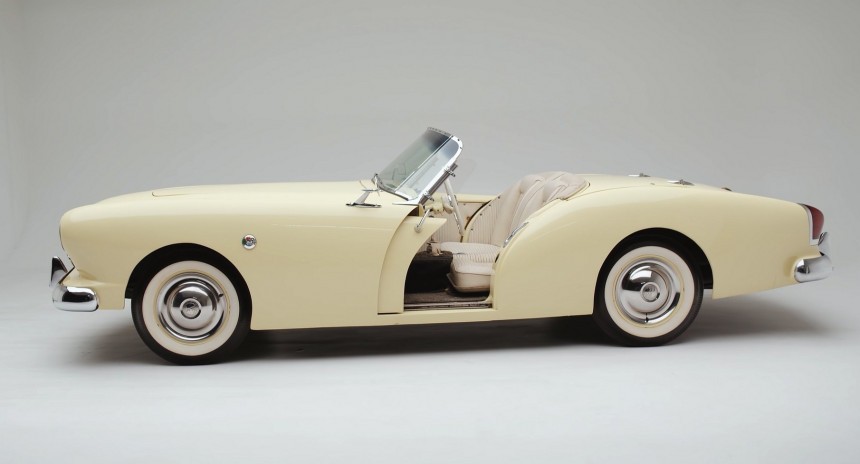
Photo: Petersen Automotive Museum/YouTube
And just like the Corvette, the Darrin had a fiberglass body. Not because it was a lighter proposition than a steel body, but because fiberglass was a lot less expensive to produce. Kaiser wasn’t doing very well in the mid-1950s, you know?
But that didn’t stop the company from approving “Dutch” Darrin’s idea that the car should have small doors that would slide into the front fenders. The idea was pretty wild at the time, but it made the Darrin difficult to get in and out of. Mostly because the doors were short so that they would fit into the fenders.
Kaiser didn’t care much about how unpractical the sliding doors were. Their purpose was to turn the Darrin into an exotic appearance that would draw people into dealerships. And those that couldn’t afford the Darrin would go home in a new Manhattan or Special.
Unfortunately for Kaiser, things didn’t go as planned. While the Darrin looked hot, even when parked next to a Corvette, it couldn’t match its rival on the performance front. After all, it was pretty much a re-bodied Henry J.
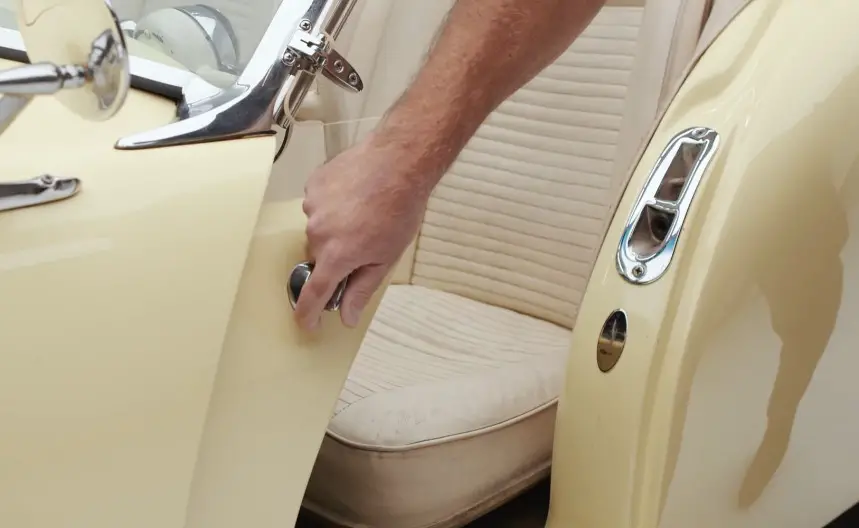
Photo: Petersen Automotive Museum/YouTube
The result of Kaiser’s desire to provide the average American working man with an affordable car, the Henry J was far from sporty. Yet Darrin found the compact’s underpinnings suitable for a sports car.
The story goes, Darrin felt that Henry J deserved a sleeker appearance and designed his prototype using his own funds and without talking to Henry Kaiser about it. He finished the vehicle in 1952, a year before Chevrolet unveiled the Corvette.
Kaiser didn’t like the idea and dismissed the project on the basis that he wasn’t looking to enter the sports car market. But word has it he changed his mind when his wife said it’s “the most beautiful thing I have ever seen.” The fact that Darrin threatened to build it by himself if Kaiser didn’t want it might have convinced him too.
The prototype was shown to the world in September 1952, two months before GM debuted the Corvette. However, the lack of funds and a proper drivetrain prevented the Darrin from arriving in dealerships until early 1954.
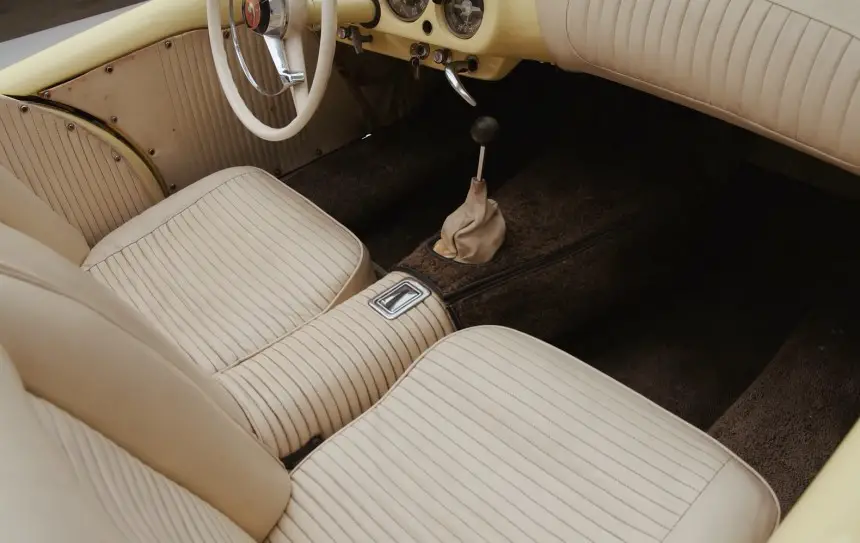
Photo: Petersen Automotive Museum/YouTube
With the Henry J’s range-topping inline-six engine good for only 80 horsepower and with Kaiser’s newly-developed V8 too expensive to build at the time, the company attempted to buy Rocket V8 mills from Oldsmobile.
These also proved to be too expensive, so Kaiser went with an upgraded inline-six rated at 90 horses. Not a lot to throw around.
But the underpowered drivetrain wasn’t the Darrin’s only issue. It was also more expensive than a Cadillac 62 while lacking luxury features, it was nowhere near as agile as its European counterparts, and the sliding doors had a tendency to jam.
Kaiser planned to build 1,000 cars a year, but the Darrin was discontinued after only 435 units were put together. The project was canceled due to issues unrelated to the Darrin at the company’s plant, but the sports car wasn’t exactly popular with dealers either.

Photo: Petersen Automotive Museum/YouTube
Despite offering a discount and a $700 trade-in allowance in mid-1954, Kaiser still had unsold Darrin inventory in 1955. As the company exited the car market that year, Howard Darrin bought as many cars as he could find, replaced their engines, and sold them from his Hollywood showroom.
He retrofitted six cars with 305-horsepower V8 engines sourced from the Cadillac Eldorado and sold them as Kaiser Darrin Specials.
While it wasn’t more than just a niche product, many experts argue that the Darrin was actually a success given the state of the American sports car market at the time. But it doesn’t matter whether that’s true or not. What we do know for a fact is that the Darrin was one of the pioneers of the U.S. sports car market and that only bad luck prevented it from hitting dealerships before the iconic Chevrolet Corvette.

